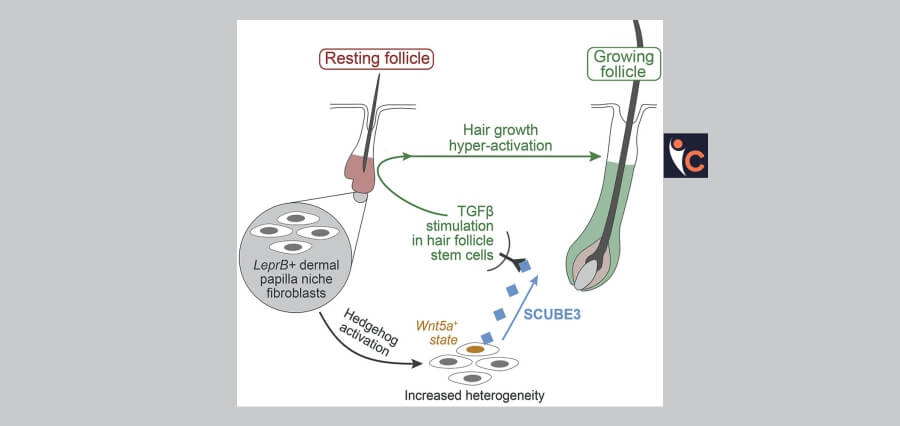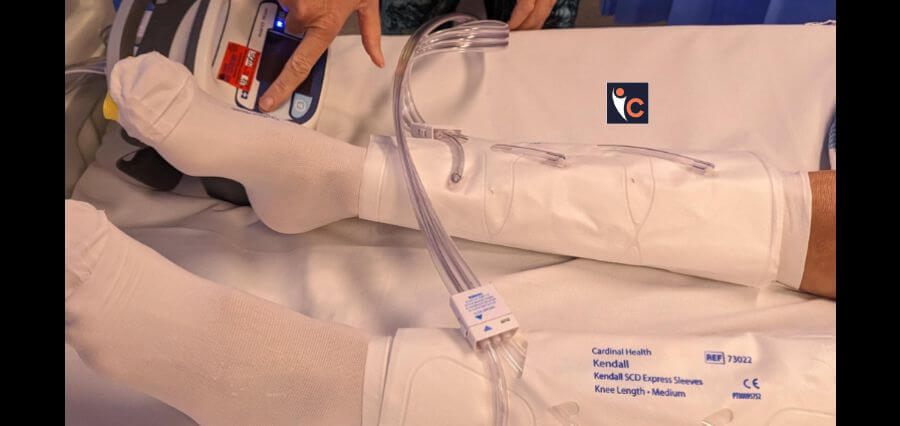A study team led by the University of California, Irvine has discovered the mechanism by which ageing (senescent) pigment-producing cells in the skin produce considerable development of hair inside skin moles, known as nevi. The finding might provide a blueprint for a brand-new class of molecular treatments for androgenetic alopecia, a common kind of hair loss in both men and women.
The work explains the crucial function of the molecules osteopontin and CD44 in triggering hair growth inside hairy skin nevi. These skin nevi exhibit extremely strong hair growth while accumulating an unusually high number of senescent pigment cells.
Maksim Plikus, a professor of developmental and cell biology at the University of California, Irvine, is the lead corresponding author. “We found that senescent pigment cells produce large quantities of a specific signalling molecule called osteopontin, which causes normally dormant and diminutive hair follicles to activate their stem cells for robust growth of long and thick hairs,” he said. Our research unequivocally demonstrates that cellular senescence has a positive side to it. Senescent cells are often seen as detrimental to regeneration and are assumed to promote the ageing process as they amass in tissues throughout the body.
Stem cell activation effectively controls the growth of hair follicles; as these cells divide, hair follicles can create new hair in a cyclical fashion. The stem cells in the follicle go into dormancy after each episode of hair development, where they remain dormant until the next cycle starts.
The study used mice models of pigmented skin lesions with hyperactivated hair stem cells and rapid hair development, which closely matched the clinical findings reported in human hairy skin nevi.
| Read More news: Click here |















